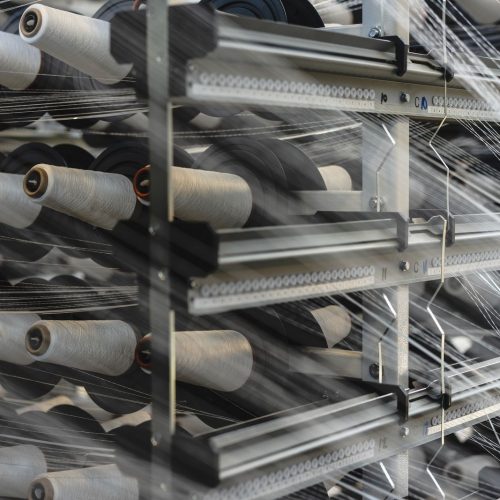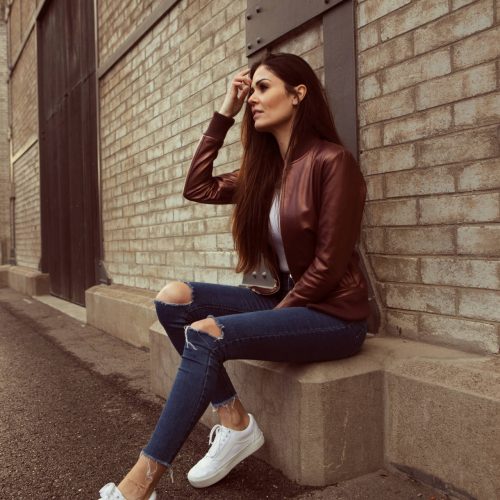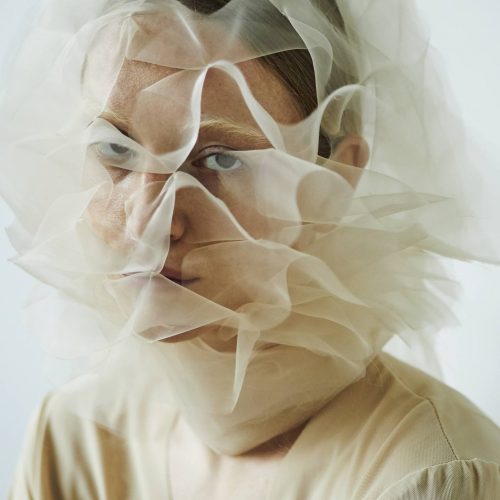Première Vision | Unveiling the Latest Innovations in Sustainable Textiles
In the ever-evolving landscape of sustainable fashion, the latest innovations in textiles and materials are setting a new standard for eco-conscious design and production. From mechanical stretch materials to specific features of polyesters, the textile industry is embracing innovative techniques and materials to minimize its environmental footprint and promote circularity. We met all of them at Premiere Vision Paris.
To receive the Luxiders Newsletter, sign up here.
Première Vision Paris remains at the forefront of the fashion industry's transformation, driving innovation, fostering creativity, and shaping the future of textiles and leather. As the event continues to evolve and adapt to changing trends and challenges, its commitment to excellence and sustainability remains unwavering.
The February show underscored Première Vision Paris's pioneering status in the industry, offering a platform for exhibitors to present new developments while providing visitors with inspiration, trend decoding, and access to a selective international offer. The event also reaffirmed its commitment to supporting young talent and addressing industry challenges through initiatives such as the Marketplace, sustainability efforts, and technological innovation.
Gilles Lasbordes, Managing Director of Première Vision, expressed confidence in the upcoming July edition, slated for 2 to 4 July 2024. “We’re pleased to announce that we’ll be renewing both the Hosted Guest and Matchmaking programs, as well as boosting our communications efforts."
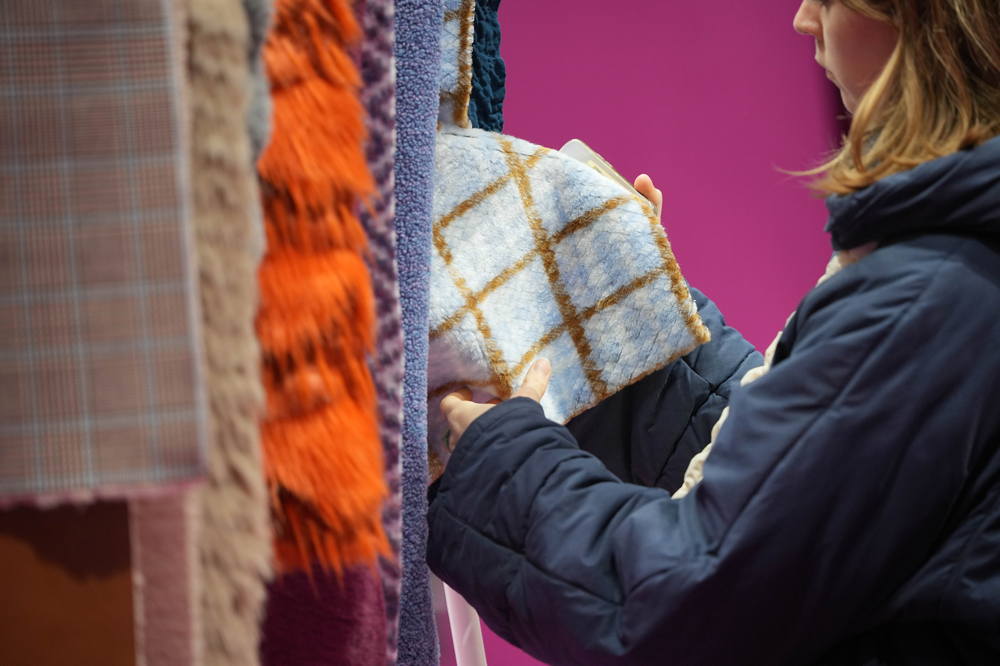
© Premiere Vision
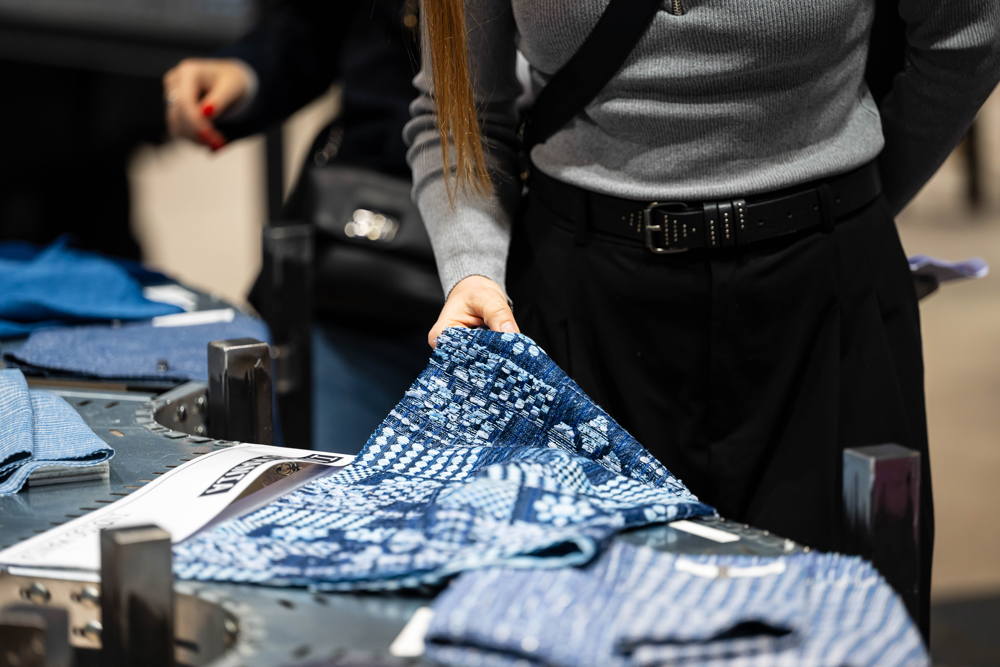
© Premiere Vision
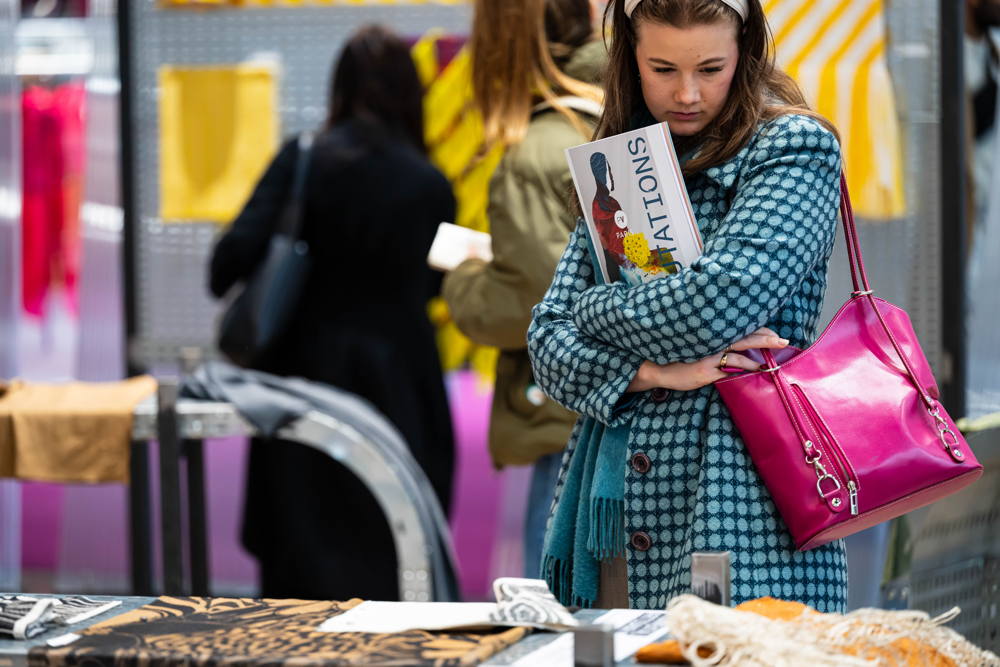
© Premiere Vision
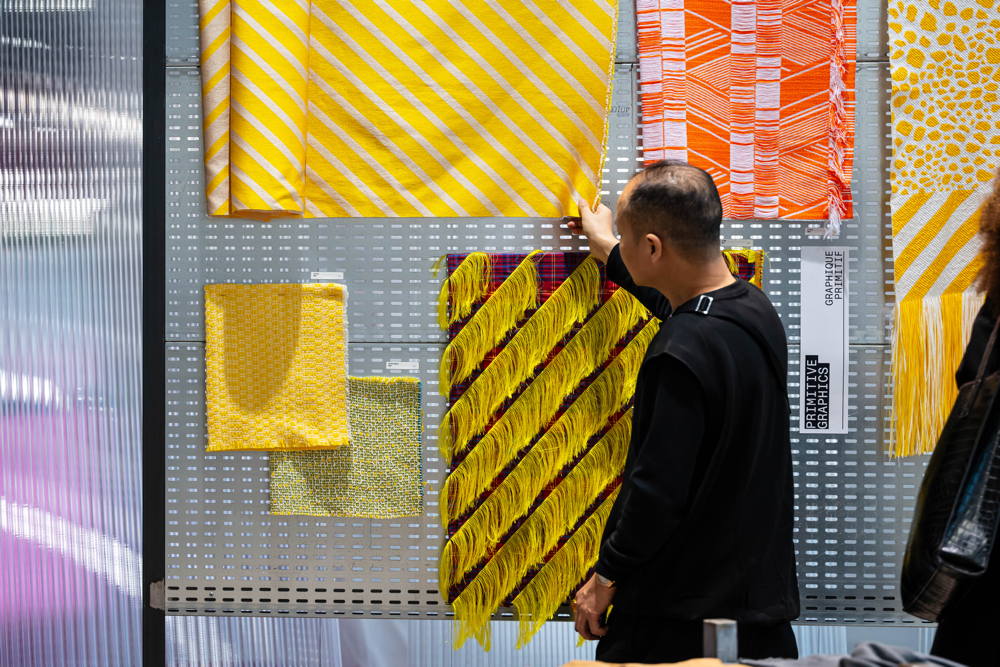
© Premiere Vision
LAST INNOVATIONS IN SUSTAINBILITY
Current regulations in France –which are also under study in the European Union and the United States– require manufacturers to identify the origins of supplies at every stage of the value chain. Thanks to processes that integrate innovation, circularity, traceability and sustainability, the growing commitment of industry professionals has led to the implementation of concrete solutions to build a more ethical and respectful fashion industry.
We analyse the trends and innovations that show us where the sector is heading.
MECHANICAL STRETCH MATERIALS
One of the standout innovations in sustainable textiles is the development of mechanical stretch materials. Natural elasticity found in materials such as wools and twisted spun cottons is harnessed to create fabrics with excellent bounce and elasticity. Crepe weaves, characterized by their irregular effect and great elasticity, offer another avenue for sustainable stretch materials. By utilizing the inherent properties of these fibers, designers can create garments that are both stylish and eco-friendly.
SPECIFIC FEATURES OF POLYESTERS
Polyester, often criticized for its environmental impact, is undergoing a transformation with the proliferation of recycled polyesters and bio-based elastanes. Recycled polyester offers an alternative to traditional elastane, providing comfort without compromising sustainability. Additionally, bio-based elastanes derived from renewable resources such as corn and castor oil offer stretch properties equivalent to traditional elastane, further expanding the range of eco-friendly options available to designers.
ARTIFICIAL MATERIALS: A FOCUS ON SUSTAINABILITY
In addition to mechanical stretch materials and specific features of polyesters, artificial materials are also making strides in sustainability. From viscose to acetate, manufacturers are exploring innovative production methods to minimize environmental impact. Technologies such as closed-loop production and reduced-impact chemical processes are being implemented to ensure that artificial materials meet strict sustainability standards.
FROM POLLUTION TO PET CREATION
One notable example of sustainable innovation is the conversion of emissions captured from steel mills into next-generation PET using biotechnology processes. By utilizing carbon dioxide, carbon monoxide, and hydrogen from manufacturing plants, companies are able to produce PET that is 100% recyclable. This closed-loop approach not only reduces greenhouse gas emissions but also promotes circularity within the textile industry.
THE RISE OF REGENERATIVE PRACTICES
Regenerative agriculture, developed for cottons, linens, and hemps, aims to go beyond reducing negative impacts by creating a scientifically measured positive impact. By implementing practices such as crop rotation and cover cropping, farmers can improve soil fertility, water retention, and biodiversity. These regenerative practices not only benefit the environment but also contribute to the creation of sustainable and resilient agricultural systems.
One of the materials that we found very interesting was Flow. As we talked with Damien Eustache, from the company Woodoo: “The Première Vision trade show was the opportunity for us to unveil our material, Flow, to the public for the first time. Flow combines the beauty of wood with added flexibility. Flow is not a leather substitute but a genuine breakthrough innovation. Flow is a low-carbon, flexible wood resulting from molecular-scale transformation and up to 90% biobased. We have been working on this material for three years, and during the event, we showcased our various colors, different wood species, diverse reinforcements, as well as the initial applications made with Flow, including a dual-material handbag with linen, a wallet, and a cap.”
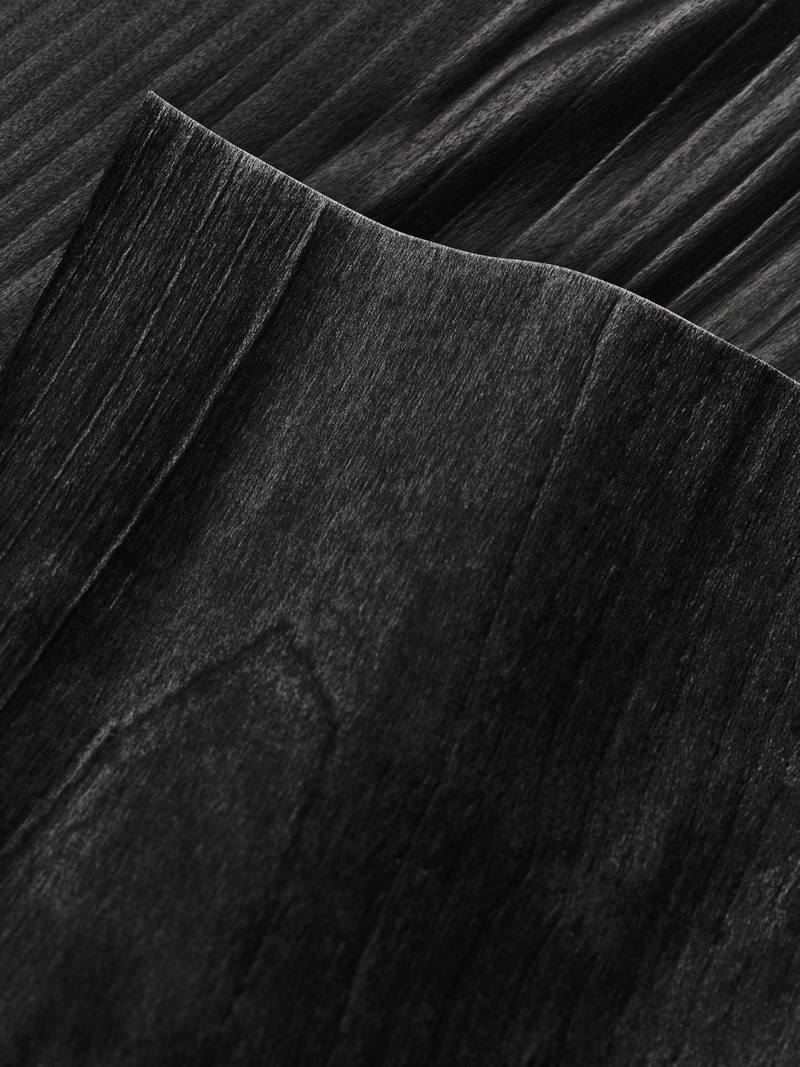
© Woodoo
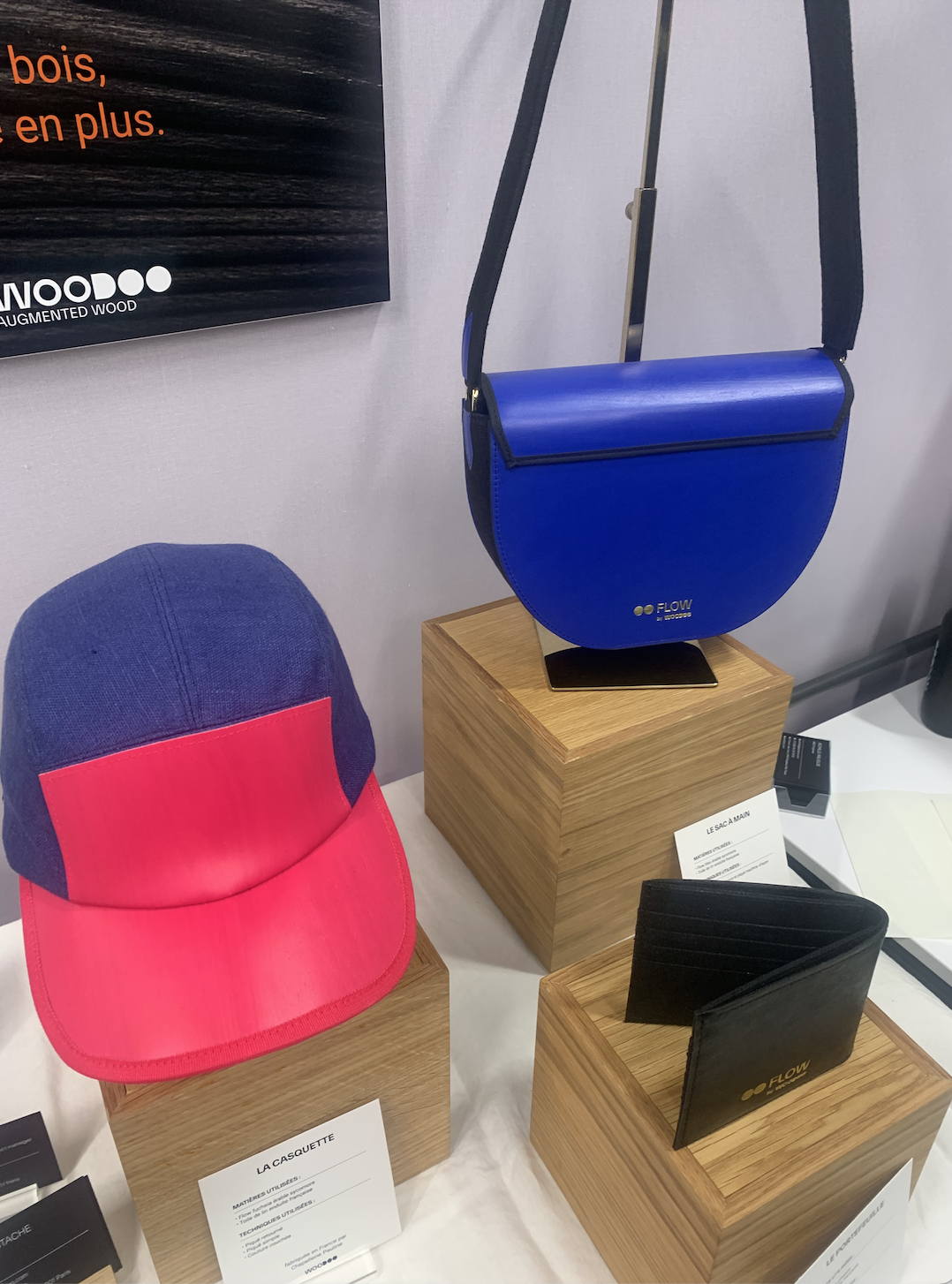
© Woodoo
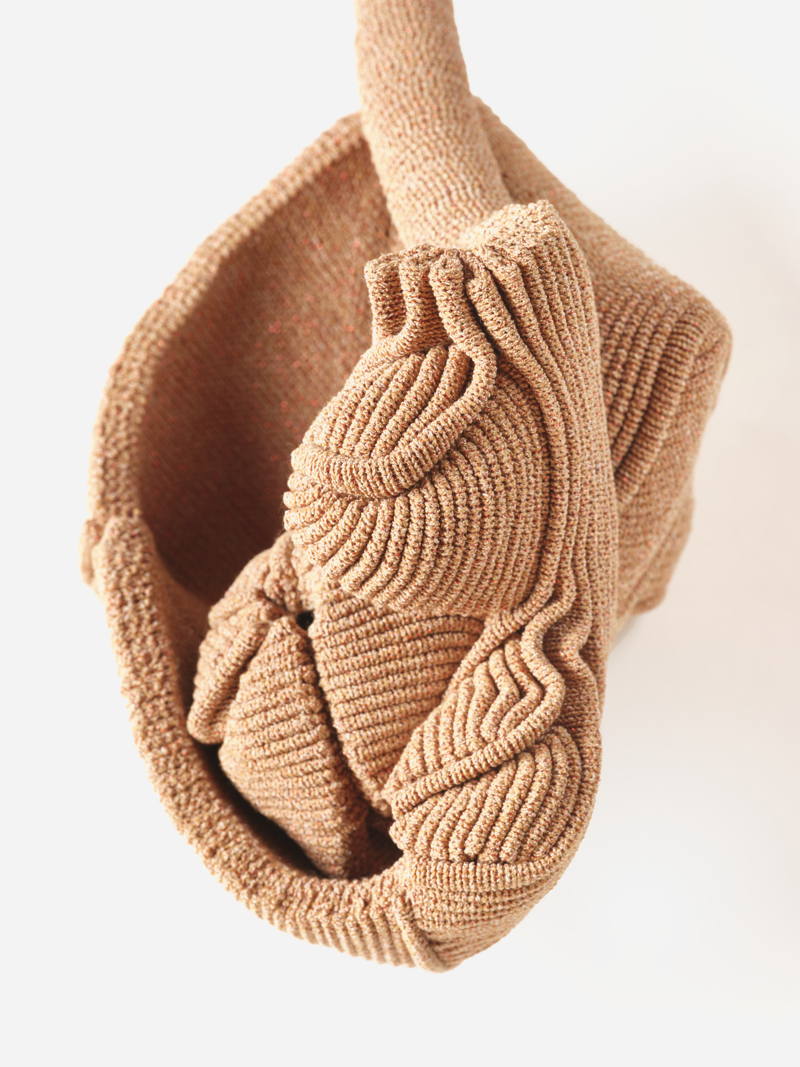
© Xavier Brisoux

© Xavier Brisoux
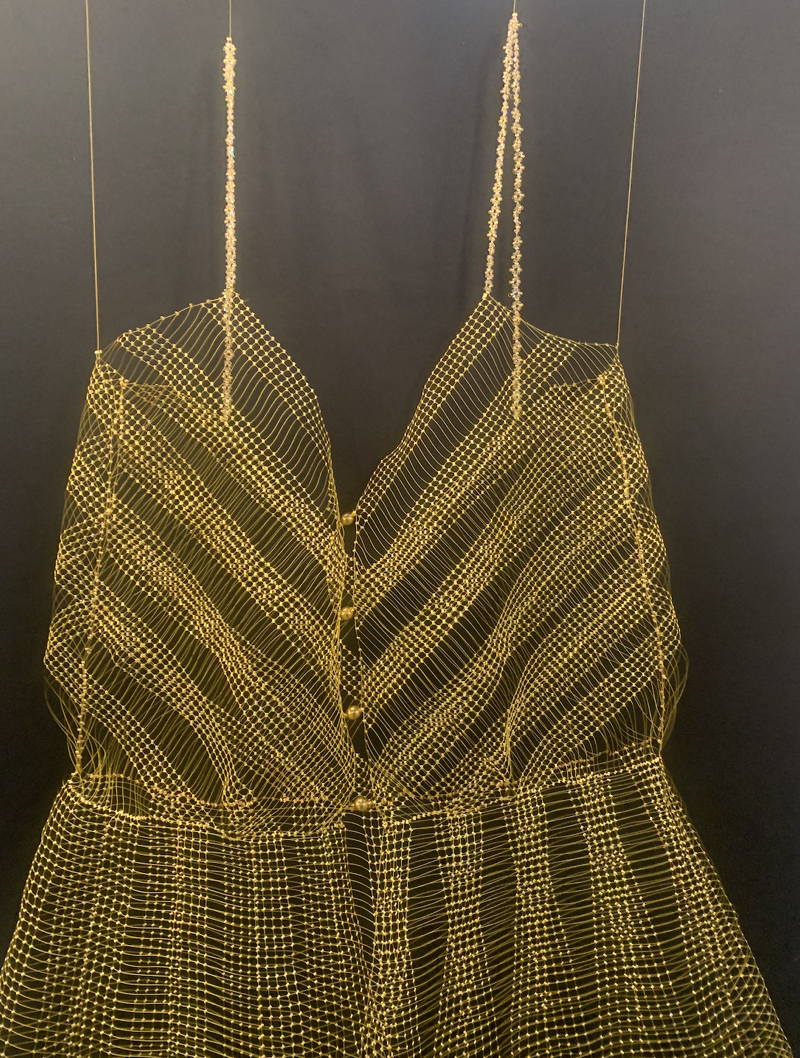
Cecile Gray © Luxiders Magazine
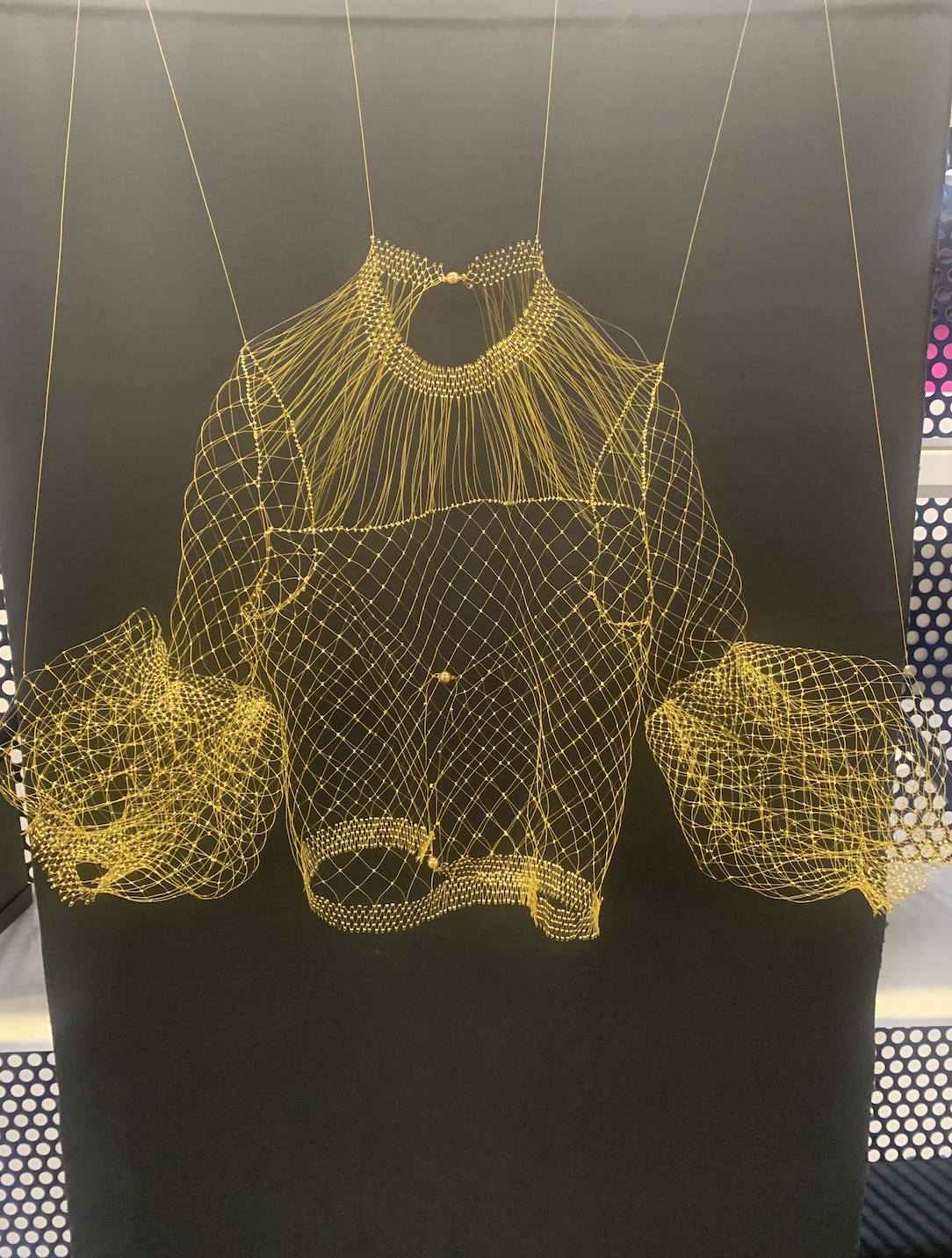
Cecile Gray © Luxiders Magazine
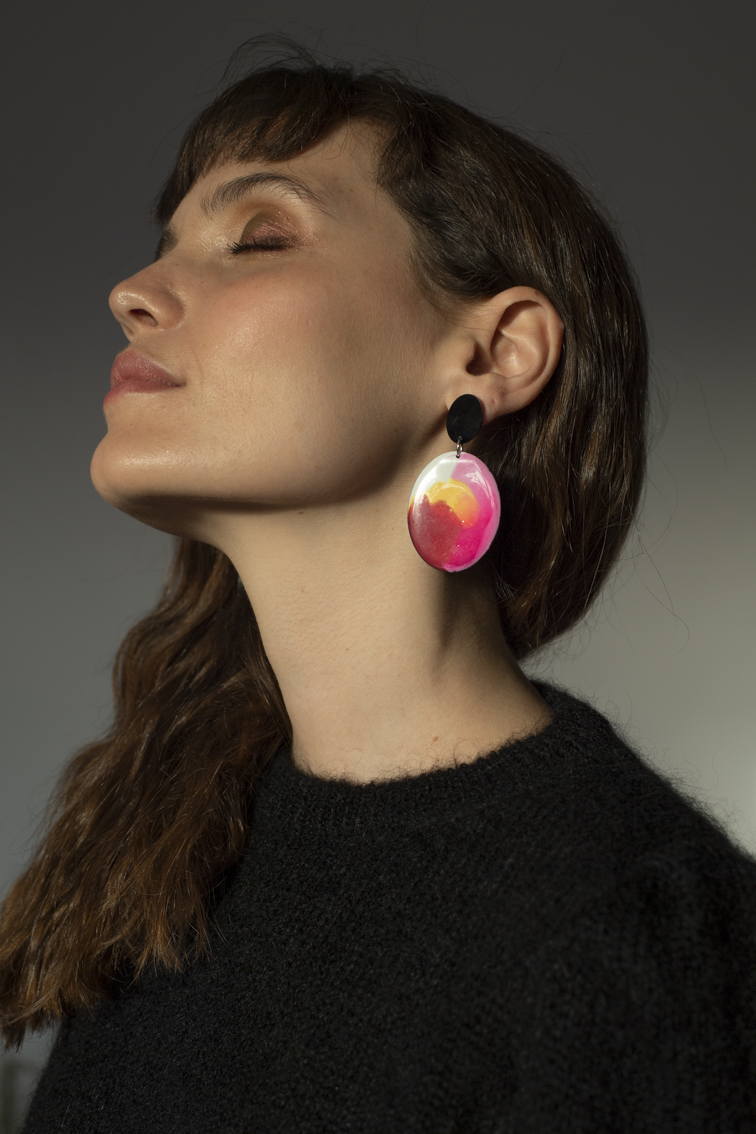
© Stel Ornements

© Stel Ornements
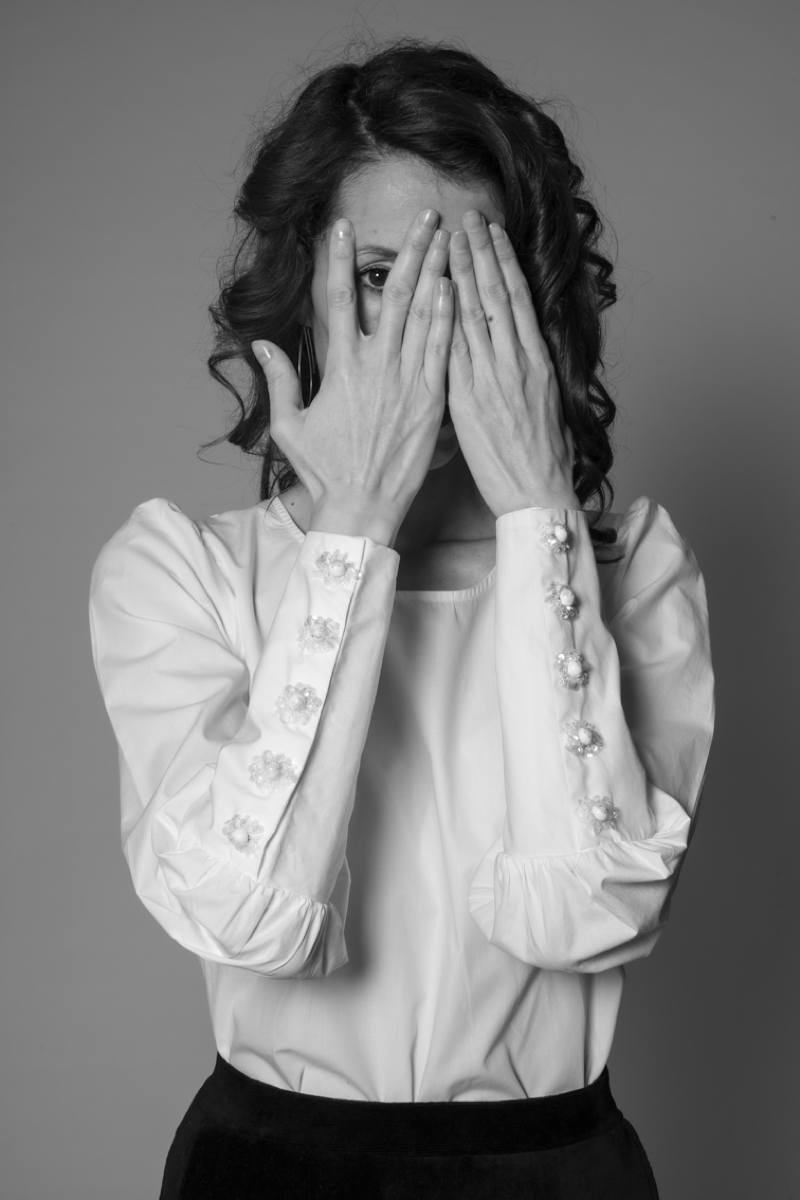
© Stel Ornements
LUXURY DEADSTOCKS AND CRAFTSMANSHIP AS THE NEW WAVE
The use of luxury deadstocks and the proliferation of craftsmanship techniques represent a new wave in sustainability in fashion, offering a creative and innovative approach to reducing waste and promoting ethical production. As designers become more conscious of the impact of their fashion collections, embracing sustainable alternatives will be key to shaping a more sustainable future for the industry.
Première Vision took another step toward promoting the circular economy by featuring a special area dedicated to deadstock from fashion luxury houses. The unused materials will be offered by 27 exhibitors, including Adapta, Nona Source and, for the first time, L’Atelier des Matières. This area was full of news designers searching for luxury headstocks in minimum quantities.
Maison D'Exceptions, dedicated to rare and cutting-edge know-how, celebrated again the beauty of traditional artisanal techniques and cultural heritage, contributing to the preservation of craftsmanship traditions for future generations.
Since 2017, Cécile Gray has been developing a unique technique of metal meshwork, honing her own artisanal expertise at the intersection of weaving, embroidery, and jewellery. This exceptional material, with its myriad variations, is the result of the meticulous manual setting of thousands of golden beads. While retaining the structural approach and voluminous style from her background in architecture, Cécile Gray infuses her work with the sensitivity and poetry of handcraft.
Atelier Seiran was founded in 1971 in Tokushima, Japan, by dye artist Yoko Hashimoto, who set out to revive the ancient art of Japanese indigo dyeing. Faced with the demise of traditional indigo dyeing after the Second World War due to the boom in chemical dyes, the workshop developed a new technique known as wax-resist dyeing. This method, which produces magnificent shades of indigo, was used by Yoko Hashimoto and her students over the following decades to create exceptional works of art and textile creations (kimonos, clothing, accessories, etc.) of the highest quality.
Kesi (Kossu), also known as “carved silk”, stands proudly as a revered World Intangible Cultural Heritage. With its origins tracing back over 2000 years ago, Kesi made its way into China from the West Asia through the legendary Silk Road. It now stands as the sole weaving technique globally that eludes mechanized replication. Characterized by continuous-warp, discontinuous wefts; double-sided weaving, and creation-from-nothingness, the craft of Kesi has been a beacon of handcraft tradition.
The expertise of Cécile Feilchenfeldt lies primarily in combining traditional knit techniques with new fibers to create unexpected and sometimes even playful effects. With a background in costume and set design, her expressiveness is funneled through a heightened attention to volume proportions, and to the motion created by fabric. Above all she believes in letting the yarn express itself, and her work then feeds on shifts and variations brought about by analysis and chance observations.
A specialist in knitted fabrics, Xavier Brisoux transcends traditional techniques and creates knitted volumes that appear to have been inspired by draping, pleating or smocking. His mastery of knitting produces items of extreme density and he focuses on garment volumes, row after row and stitch after stitch, with yarns becoming veritable sculptures, thus highlighting the duality of textiles, the dichotomy between fragility and strength.
Since 1995, Bibis Castañer, in her creative laboratory Stel Ornements, experiments with an endless variety of combinations of wild silk, lace, flowers, eco-glitter, leaves and gilding, mixing colors, sizes, materials, textures and light to create infinitely poetic buttons and ornaments for some of the world’s leading haute couture and luxury fashion houses. At the crossroads of creativity, technology and sustainability, Castañer’s unique, patented approach is rooted in safeguarding and promoting techniques and local suppliers with an ethical, eco-responsible approach.
"For us, Maison d'Exceptions is an incredible place that brings together exceptional craftsmen from all over the world, each with their own way of working textiles, metal (or resin in our case), each with their own know-how, sometimes ancestral, each with their own approach to his craft, each with their own *hand*. To discover these skills, to share our own and to convey our passion is a unique experience." - Bibis Castañer, creative director at Stel Ornaments.
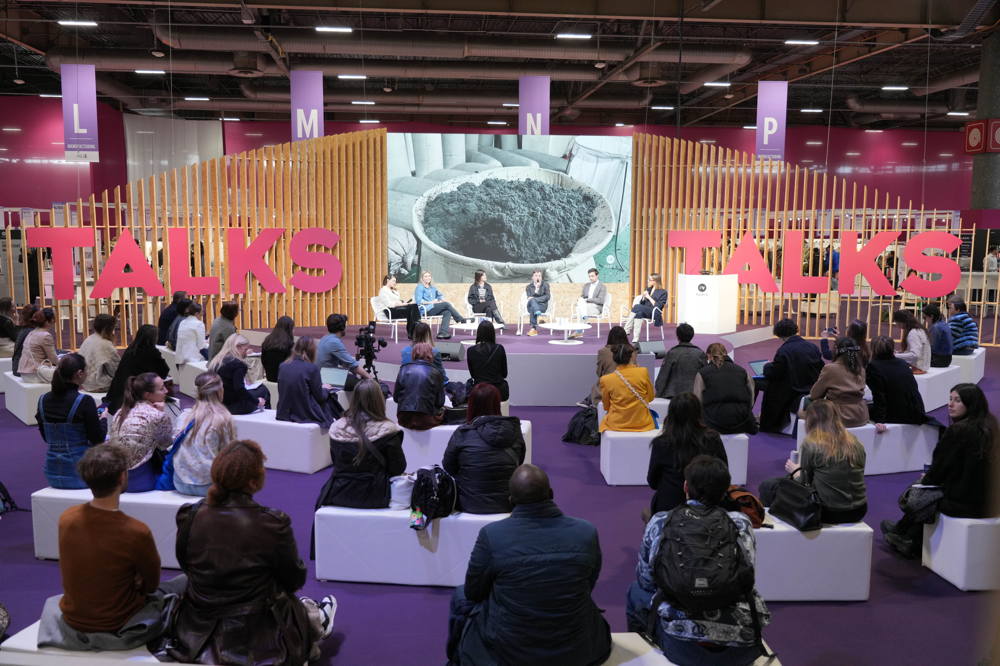
© Premiere Vision
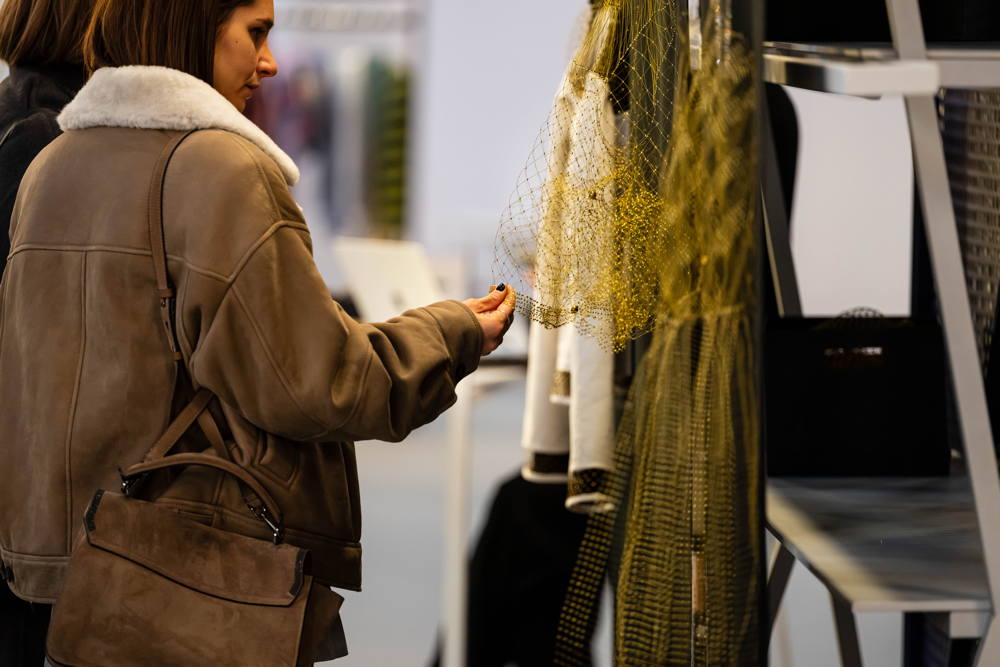
© Premiere Vision
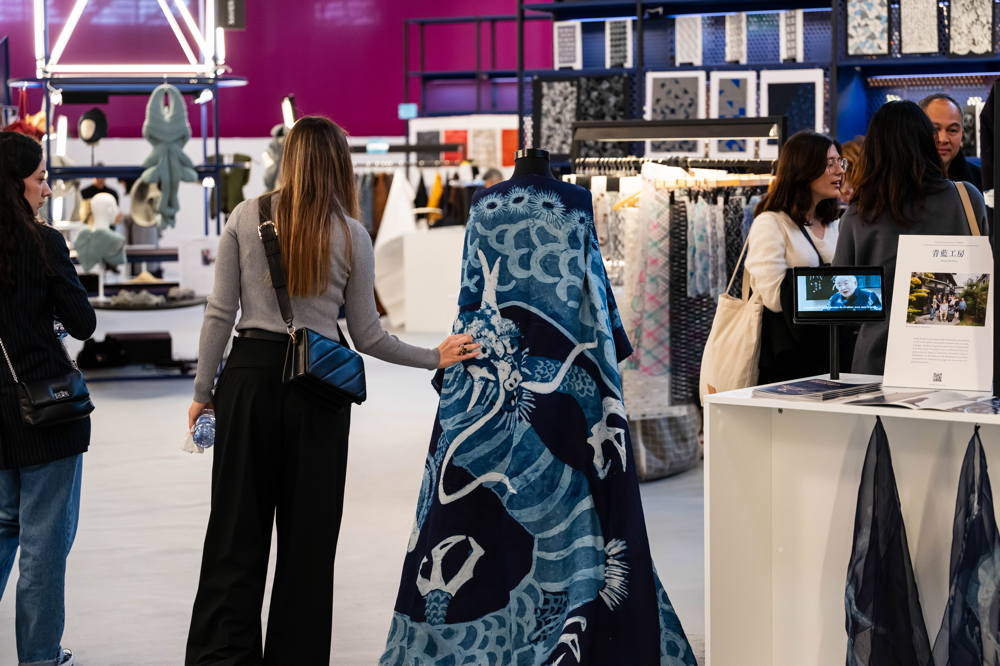
© Premiere Vision
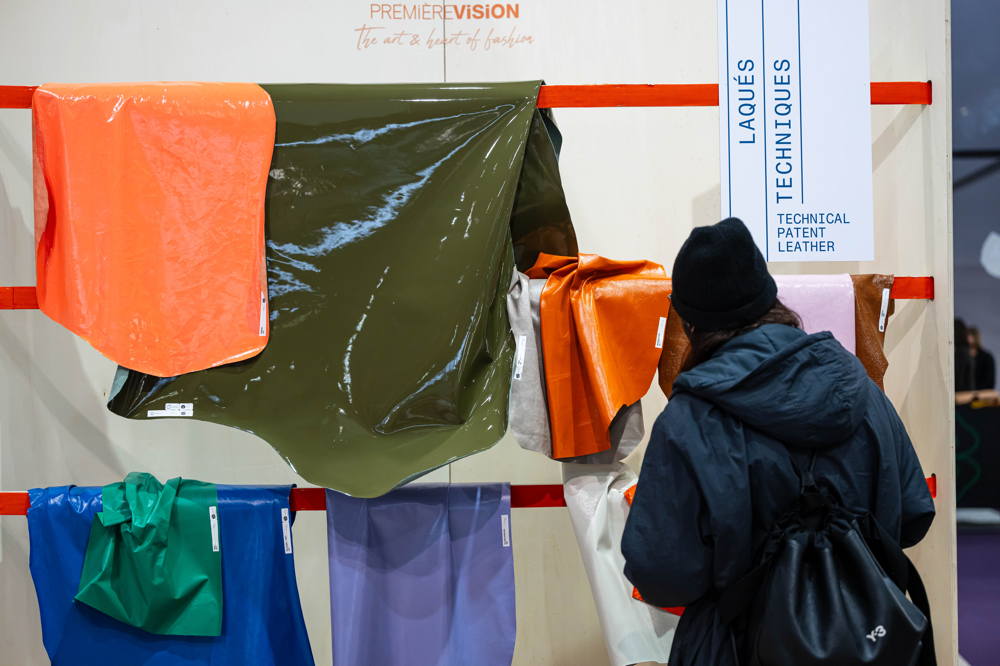
© Premiere Vision
Highligth Images: © Xavier Brisoux
+ Words:
Belvis Soler
Luxiders Magazine

